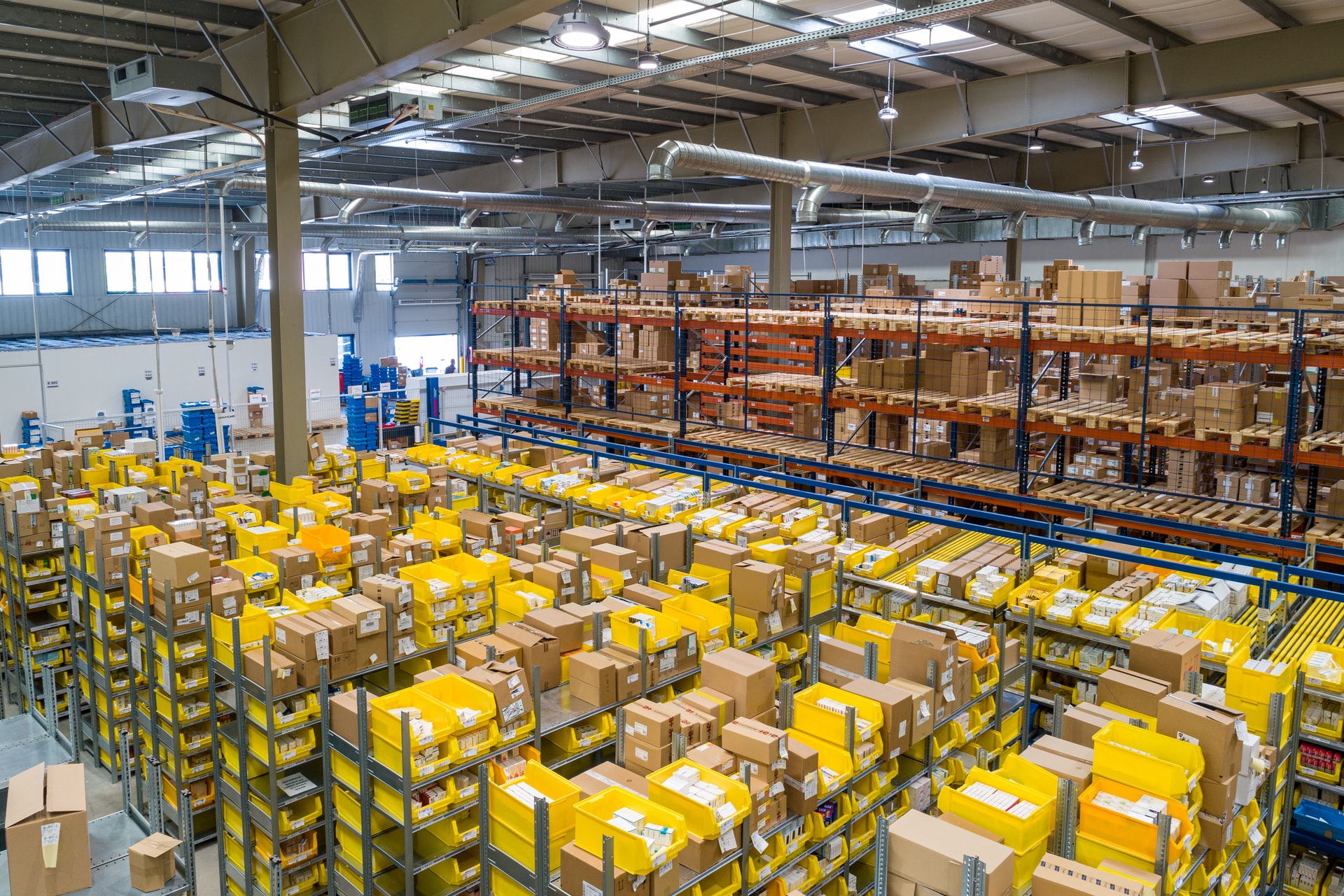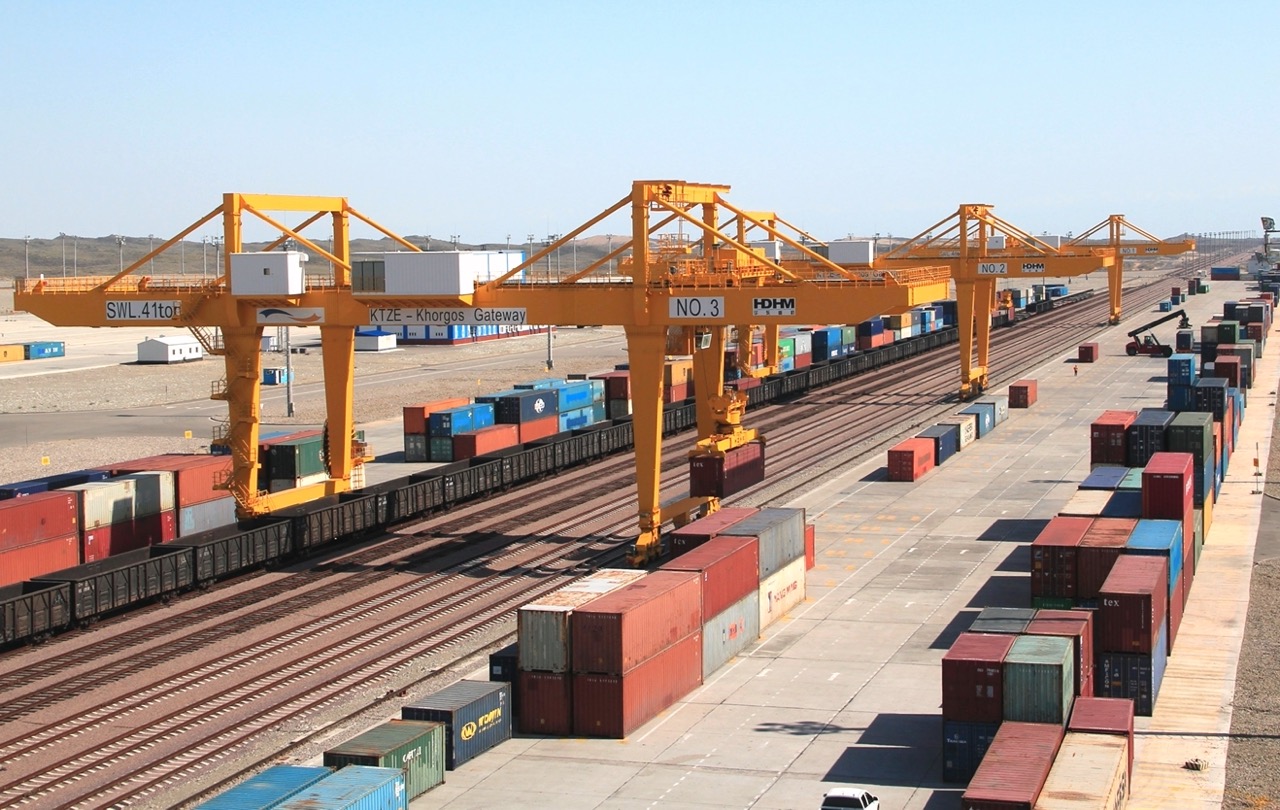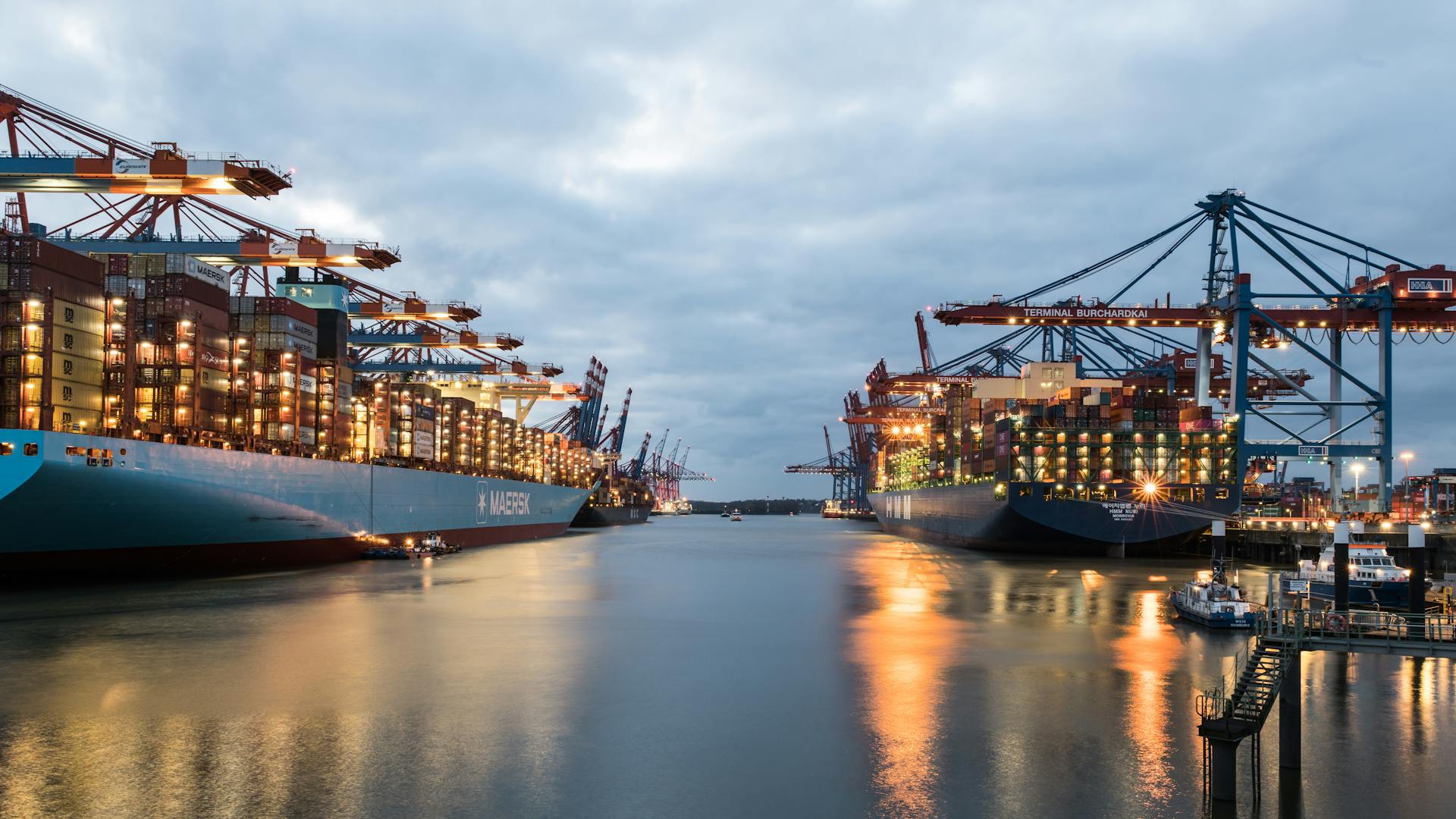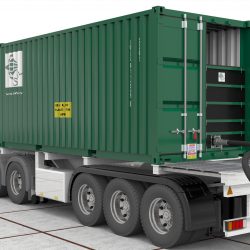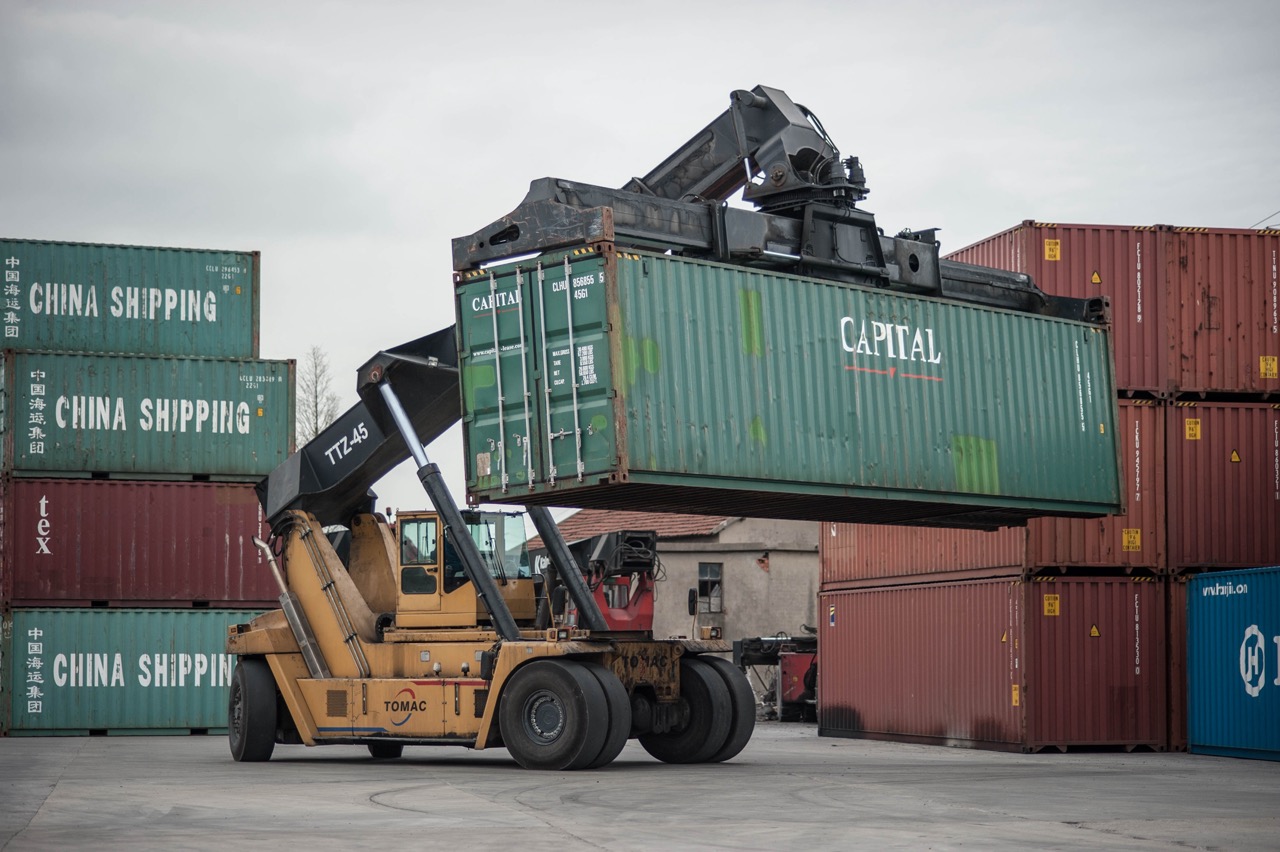Representatives of e-commerce are the main consumers of storage facilities
The active development of the e-commerce segment is driving demand for warehouse real estate. The demand for such facilities arose during the pandemic in 2020, when most shopping moved online. This sparked the emergence of new e-commerce companies and the expansion of existing ones.
Since the first lockdown, demand for warehouse real estate has not declined. According to analytics from JLL, 74% of experts surveyed expect growth in demand for space over the next 3 years. Their expectations are confirmed by the current market situation in Europe – 6 months volume of transactions in the sector reached 14.8 million square meters, which is a record for the region.
On the European market, Germany, the United Kingdom and the Netherlands are the top three in terms of demand for warehouse real estate, followed by Poland and Spain. Investment in the commercial sector is projected to reach pre-pandemic levels by the end, primarily due to growing interest in logistics facilities. At the same time, there is an increase in demand for office real estate, which after last year’s stagnation is a good trend. The European Union is actively channeling funds into sustainable assets, in addition, businessmen are trying to diversify resources in order to minimize risks.
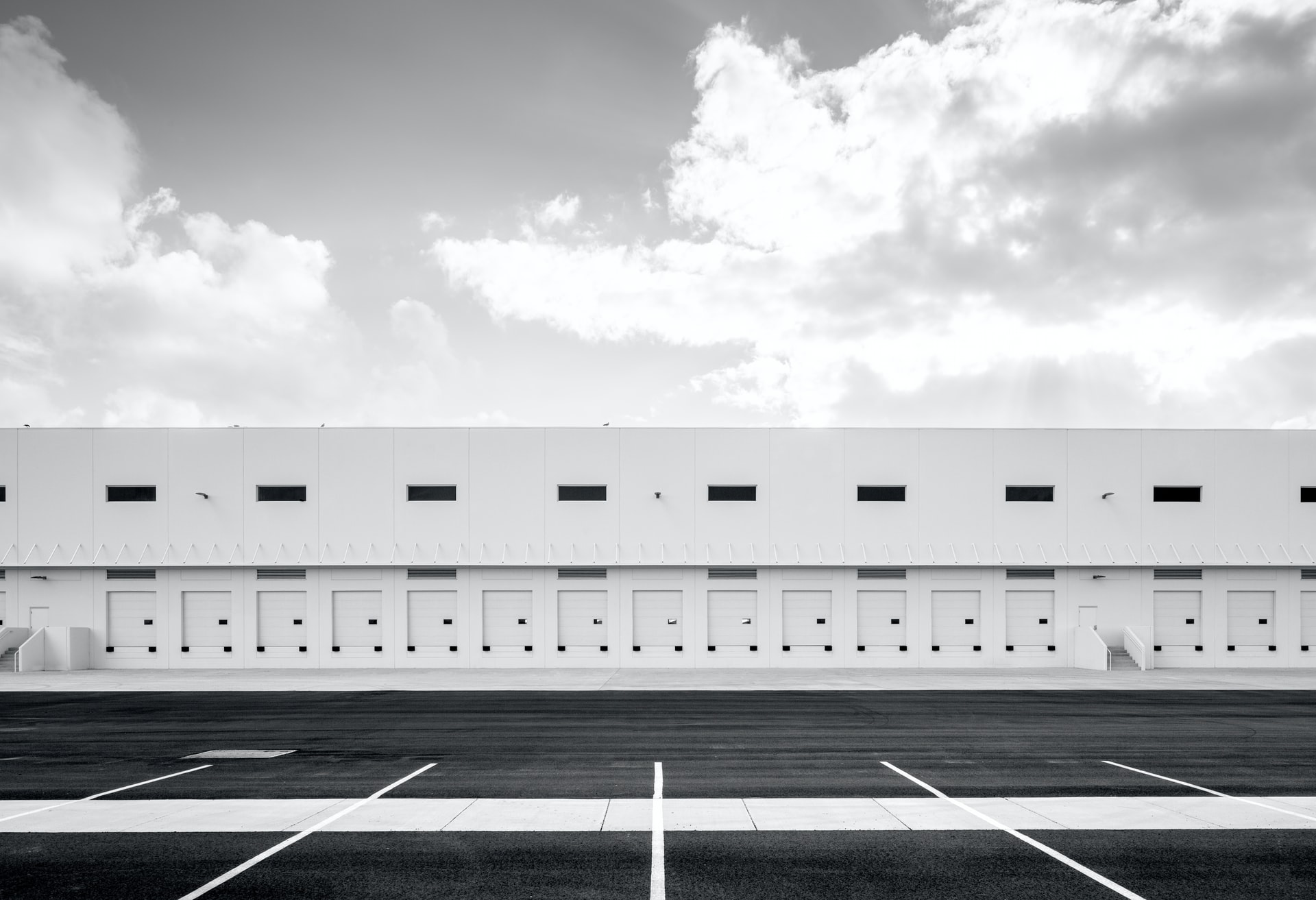
Retail real estate shows good results. Attendance in physical stores is at a high level, and we can talk about a full recovery. However, sales volumes here are still below pre-pandemic levels. Experts explain this by the greater activity of consumers in online stores than in physical ones. Retail facilities remain attractive, primarily due to the relatively low prices that are kept on the market.
The main factor in the active development of the warehouse real estate market is e-commerce. Representatives of the latter account for the vast majority of tenants and buyers of premises. And this trend is worldwide – for the year the number of real estate transactions with the participation of online commerce in the United States rose by 16%, and in China – by 22%.
Despite the leadership of internet commerce in the warehouse real estate segment, there is more interest in facilities and from other areas, such as health, construction and others.
Now there is an imbalance between supply and demand. Construction has no time to provide new facilities, which is primarily due to the limited number of sites for the erection of this type of real estate. And the problem is observed in many countries in Europe, companies have to delay the signing of deals due to the fact that there is nowhere to build premises of a certain size.

